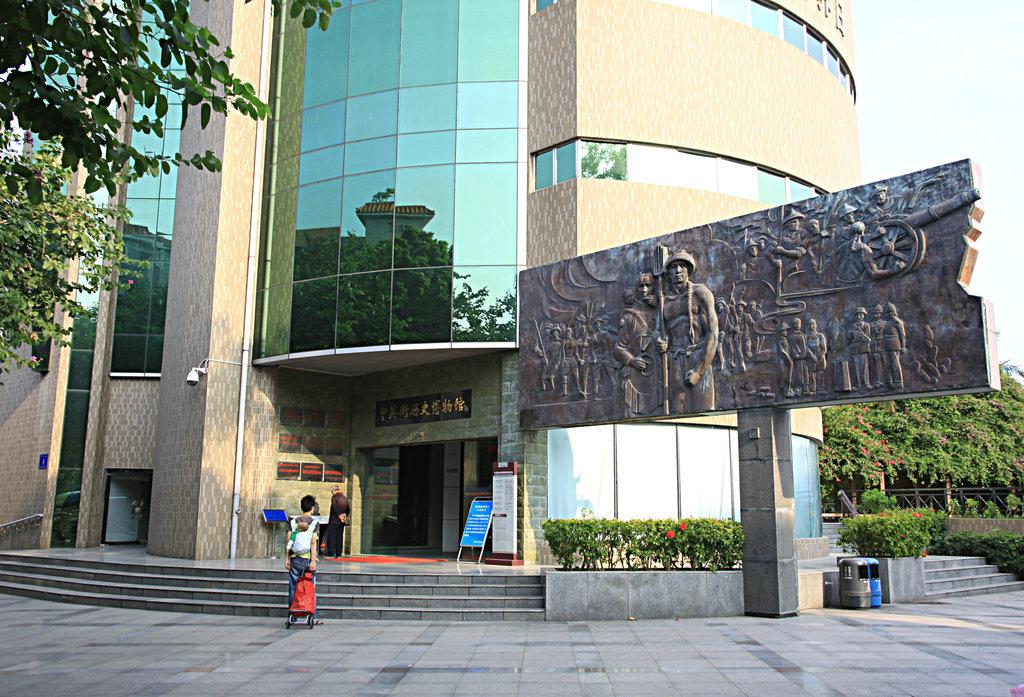Museum tells Zhongying Street's history
Writer: Zhang Yu, Lai Huijun | Editor: Vincent Lin | From: Shenzhen | Updated: 2021-02-25
Located in Shatoujiao, Yantian District, the 200-meter-long Zhongying Street bears witness to a difficult chapter in Chinese history for more than 100 years.
The Zhongying Street Historical Museum, housing historical materials, has comprehensively recorded the formation, changes and development of the street, Shenzhen Evening News reported.

An exterior view of the Zhongying Street Historical Museum. File photo
On March 18, 1899, the border town Shatoujiao was divided into two parts — the Chinese section and the British section, according to the Convention for the Extension of Hong Kong Territory, a lease signed between the Qing Dynasty government and the United Kingdom.
Since then, the residents of Shatoujiao were forced to live in two separate sides of the town, marked by the street’s boundary markers on the border between Hong Kong and the Chinese mainland.
In October 2019, these markers on Zhongying Street were listed in the eighth batch of national key cultural relics protection units by the State Council.
At present, there are seven boundary markers on Zhongying Street. The distance between markers No. 1 and No. 7 is about 430 meters.
On July 1, 1997, Zhongying Street became the only street in China to implement the “one street, two systems” policy in the wake of Hong Kong’s return to the motherland.
On May 1, 1999, the Zhongying Street Historical Museum was established and became a patriotic education base of Shenzhen and Guangdong Province.
The Yantian District Government placed a warning bell next to the No. 1 boundary marker in 2001, in a bid to memorialize the history and strengthen patriotic education.
The Shenzhen government has designated March 18 every year as the day to commemorate Zhongying Street’s history.
Starting from 2002, hundreds of Shenzhen and Hong Kong residents and students would gather at the Zhongying Street Historical Museum Plaza on the day for commemorative events and listen to the ringing of the alarm bell.